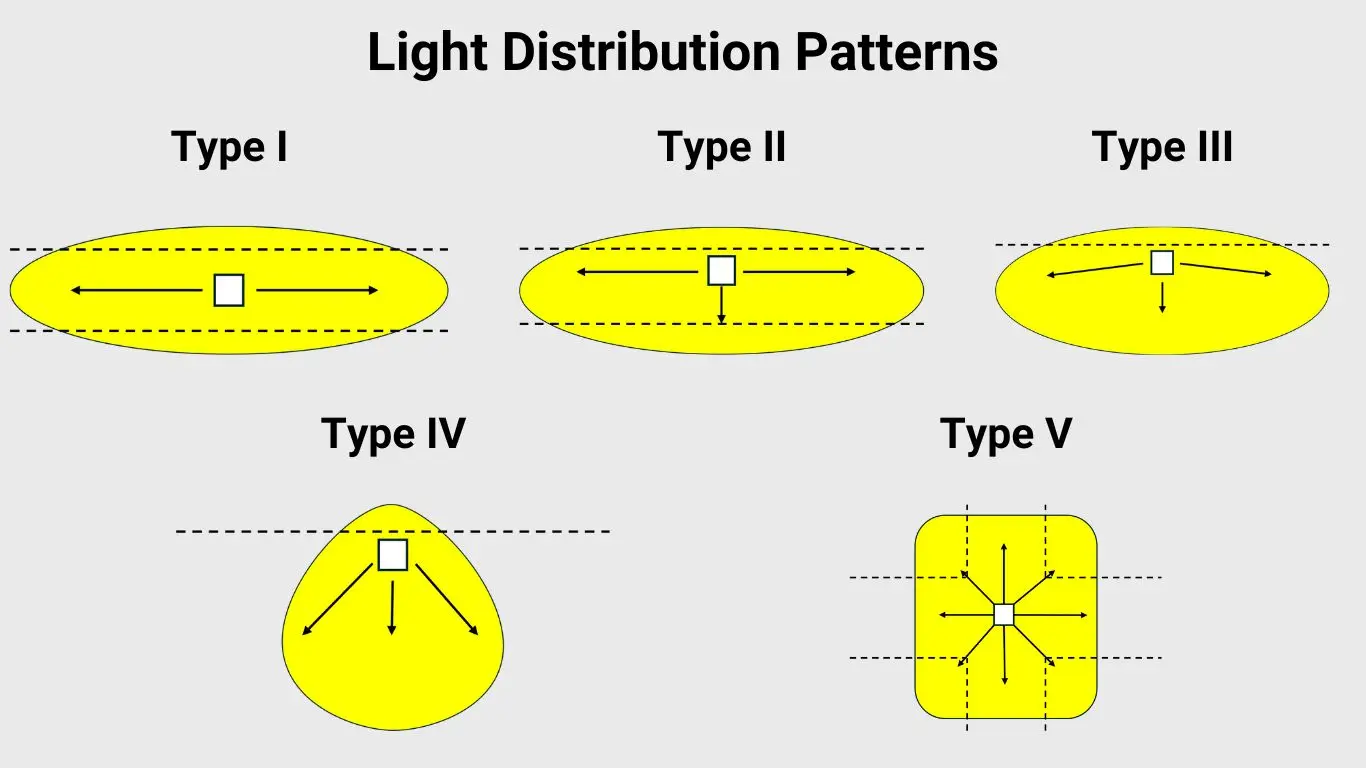Top Products
Related Articles
-
Smart Illumination: Ideal Places to Use Solar Sign Lights
-
Industrial & Hazardous Location LED Lighting
-
Brighten Up Your Garage and Workshop Spaces with LED Lighting
-
Top Energy Efficient LED Upgrades to Start the New Year Right
-
LED Lighting in the Food and Beverage Industry
-
Flat Panels vs. Troffers
-
Proper Flag Lighting Etiquette: Honoring the American Flag with Respect and Dignity
-
Spotlights vs. Floodlights: What's the Difference?
-
How to Light a Vaulted Ceiling
-
How to Install Recessed Lights in a Drop Ceiling
-
Outfitting Recessed Can Lights: LED Light Bulbs, LED Retrofits, or LED Canless Downlight?
-
A Guide to LED Dimmers
-
Solar Lighting 101
-
Learn More About LED Lighting for Emergency Lights and Exit Signs
-
The Importance of Color Temperature and CRI in Commercial Lighting
-
How Many Under Cabinet Lights Do I Need?
-
How to Choose a Low Voltage Transformer in 4 Easy Steps
-
Understanding LED Lumens, Watts, and Efficacy Ratings
-
Top UFO and Linear High Bay Choices
-
How to Choose a Recessed Light for Damp Locations
-
Xenon Bulbs vs. LED Bulbs
-
How To Choose Light Bulbs For Your Business: Recessed Cans
-
Hardwiring LED Under Cabinet Lighting: A How-To Guide
-
How to Choose Lighting for a High Ceiling
-
The Advantages of Transitioning to LED Tubes from Fluorescent Tubes
-
How To Layout Recessed Lighting in 4 Easy Steps
-
How Many Lights Can I Connect To My Transformer?
-
Best Height and Placement for Your Wall Sconce
-
Shop Smarter for Your Business with LumeGen LED Lighting
-
Exterior Safety and Security: Enhancing Workplace Safety with LED Lighting
-
Indoor Commercial LED Lighting Solutions: Which Type Is Right for You?
-
Using LEDs for Hotel and Hospitality Lights to Create a Welcoming Atmosphere
-
LED Standards and Certifications
-
The Environmental Impact of LED Lighting: Sustainable Solutions for Businesses
-
Maximizing Retail Sales with LED Lighting Strategies
-
The Benefits of Switching to LED Lighting for Commercial Spaces
-
How LED Lighting Enhances Workplace Productivity
-
Choosing the Right LED Lighting Solutions for Your Office

Subscribe & Save 10%!
It's a bright idea to join our mailing list for our best coupons & discounts!












